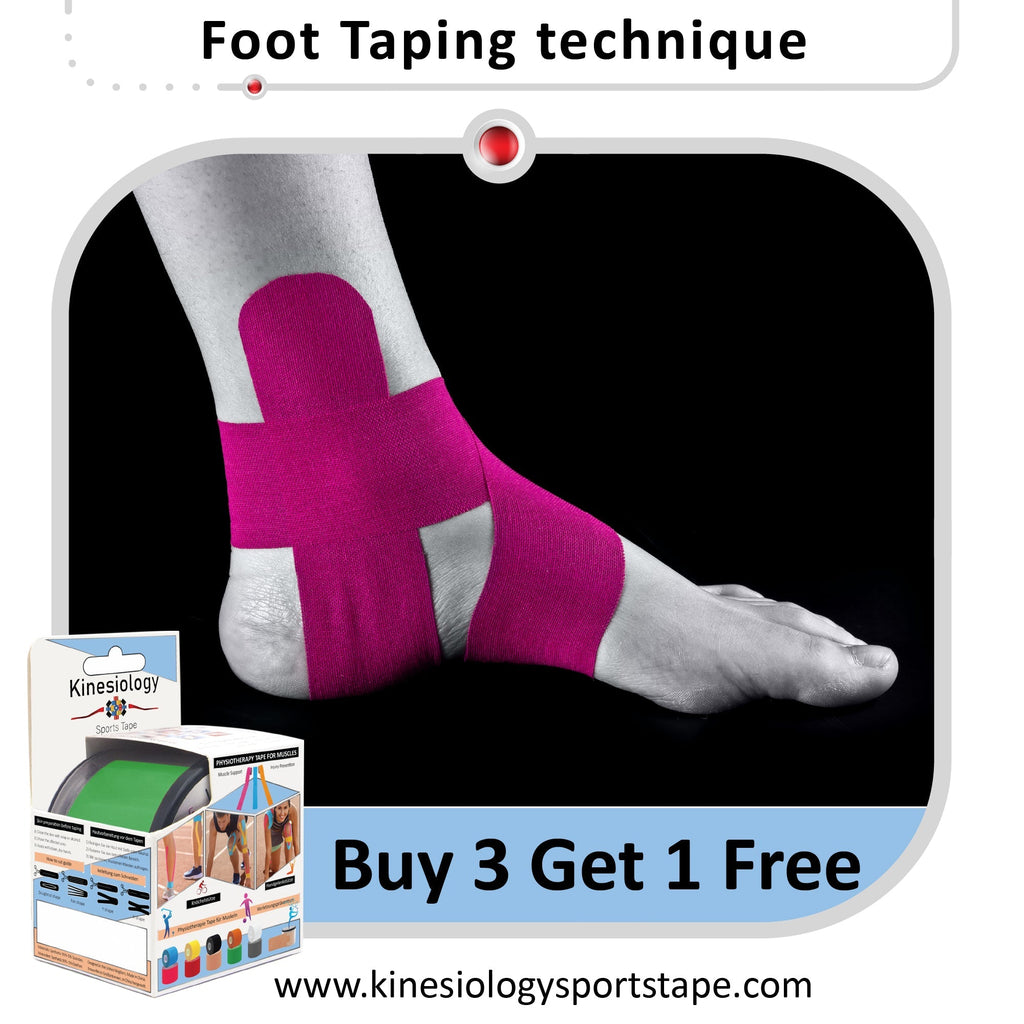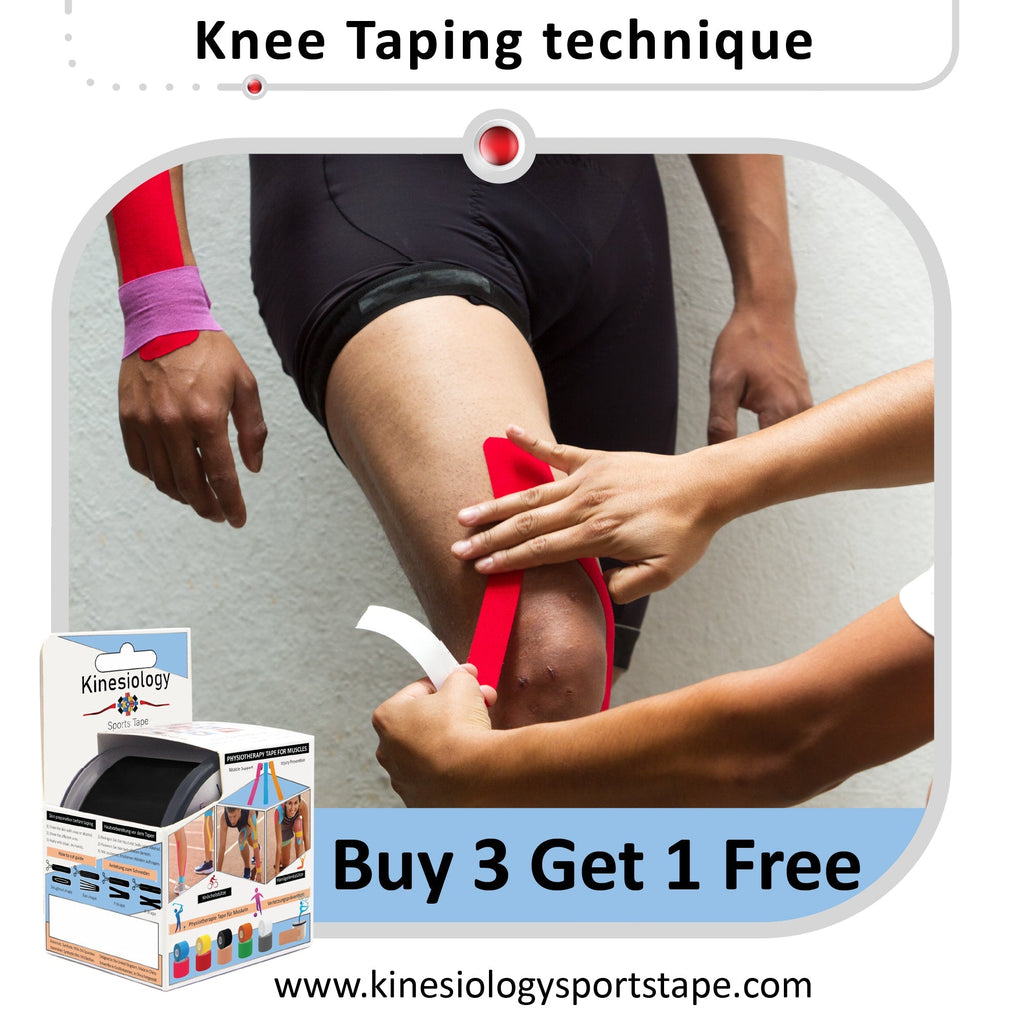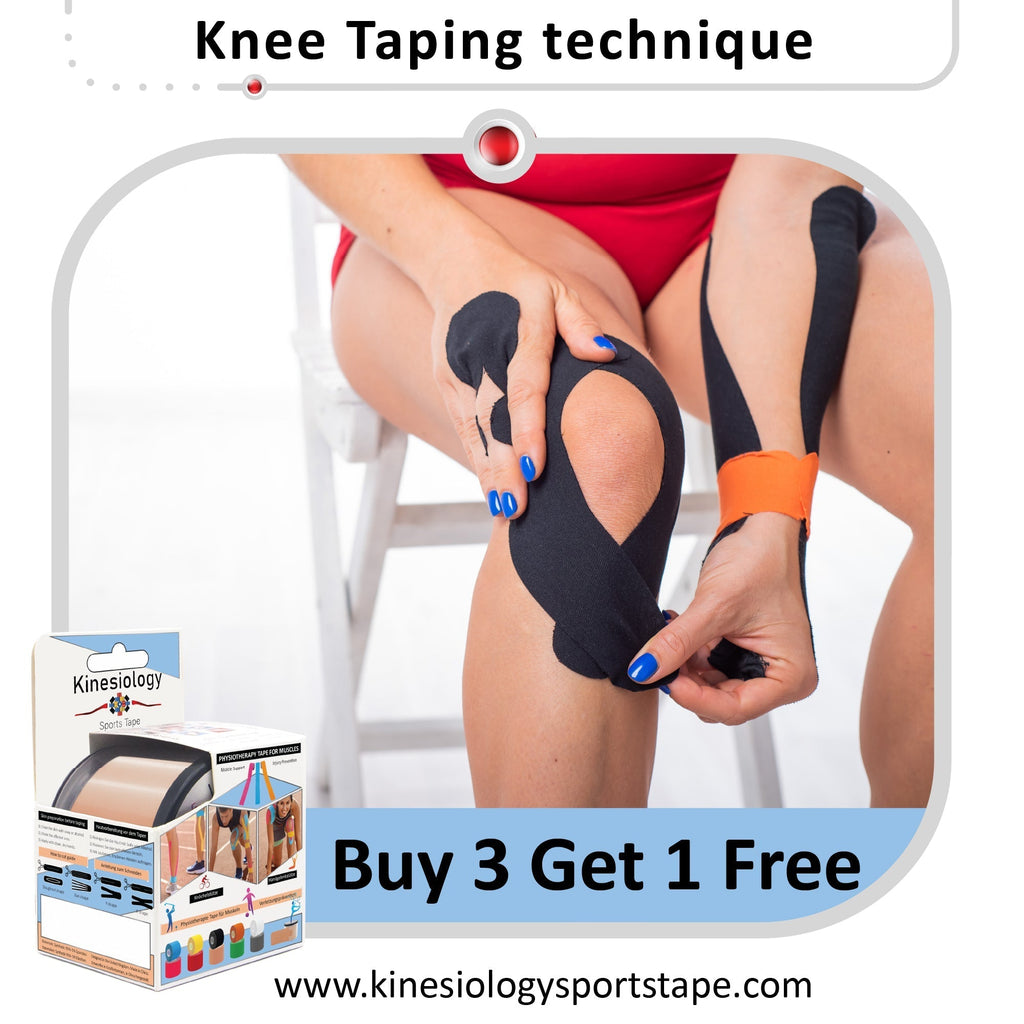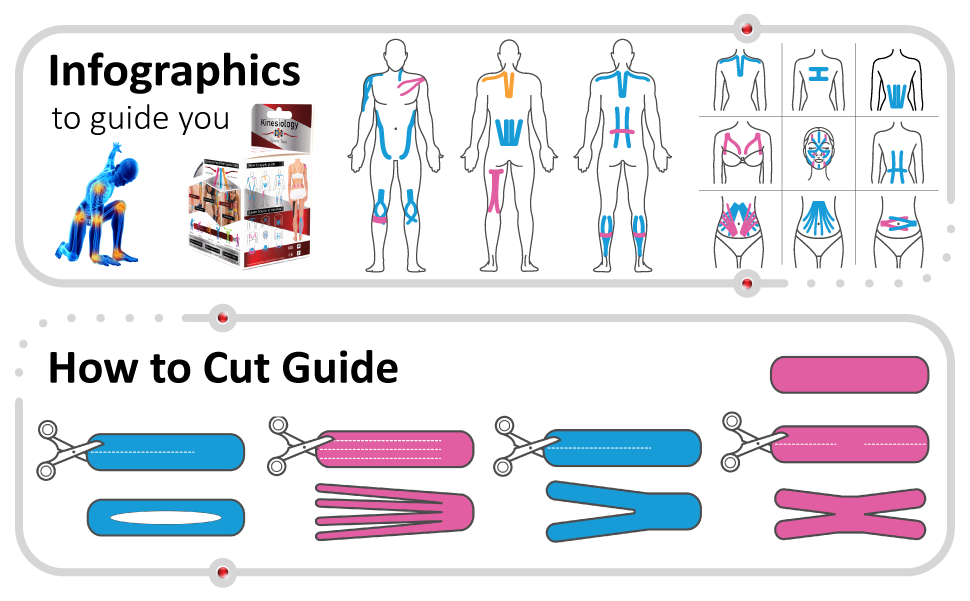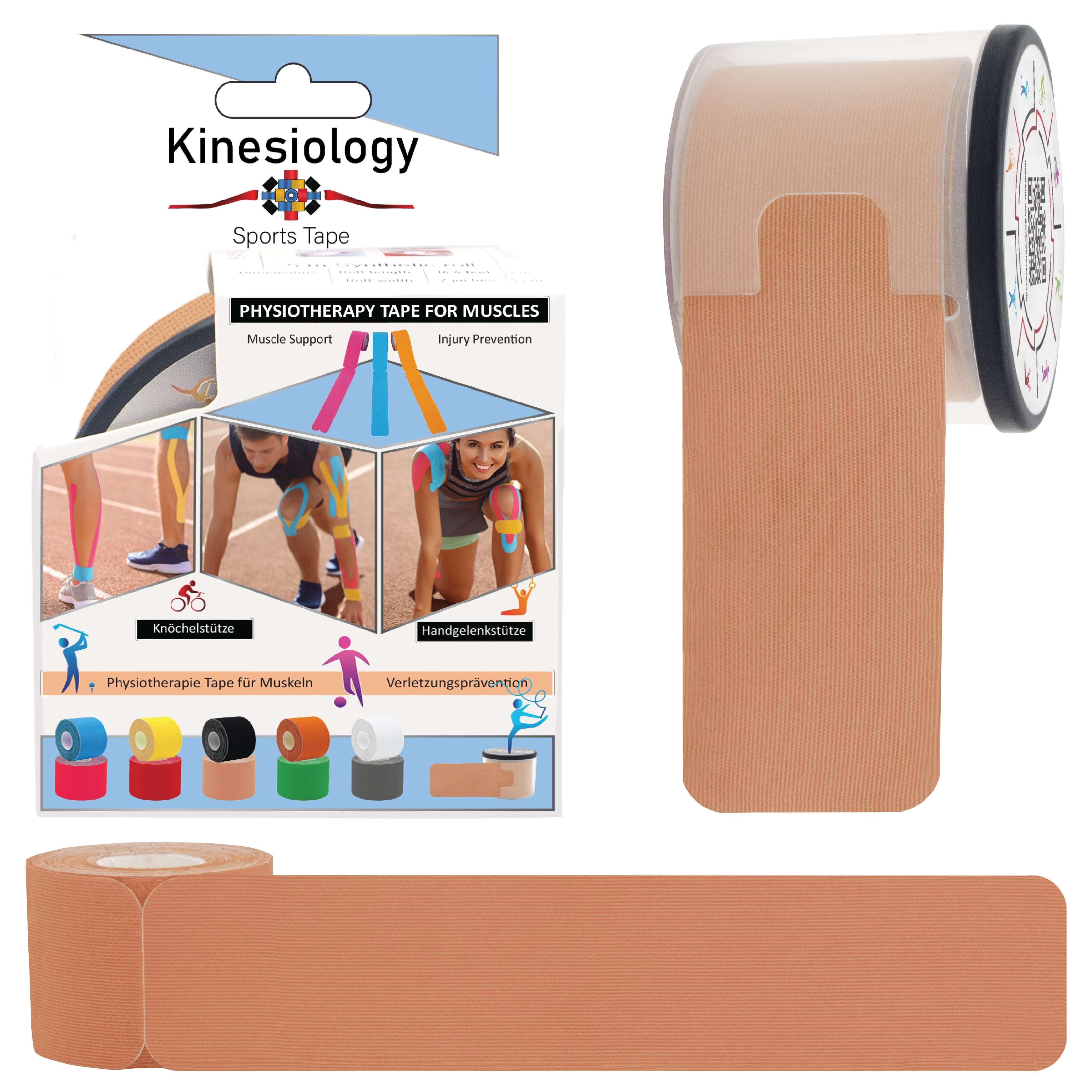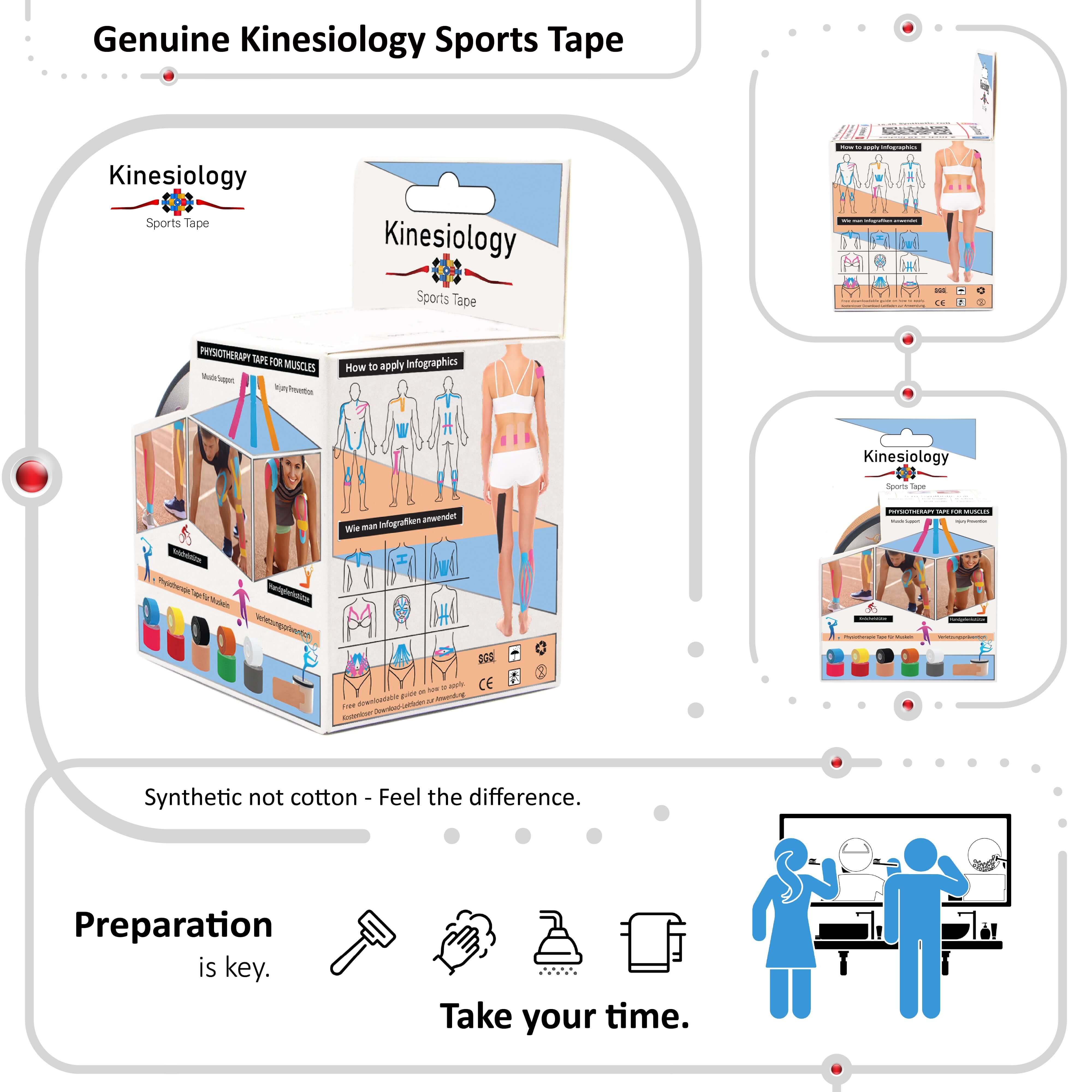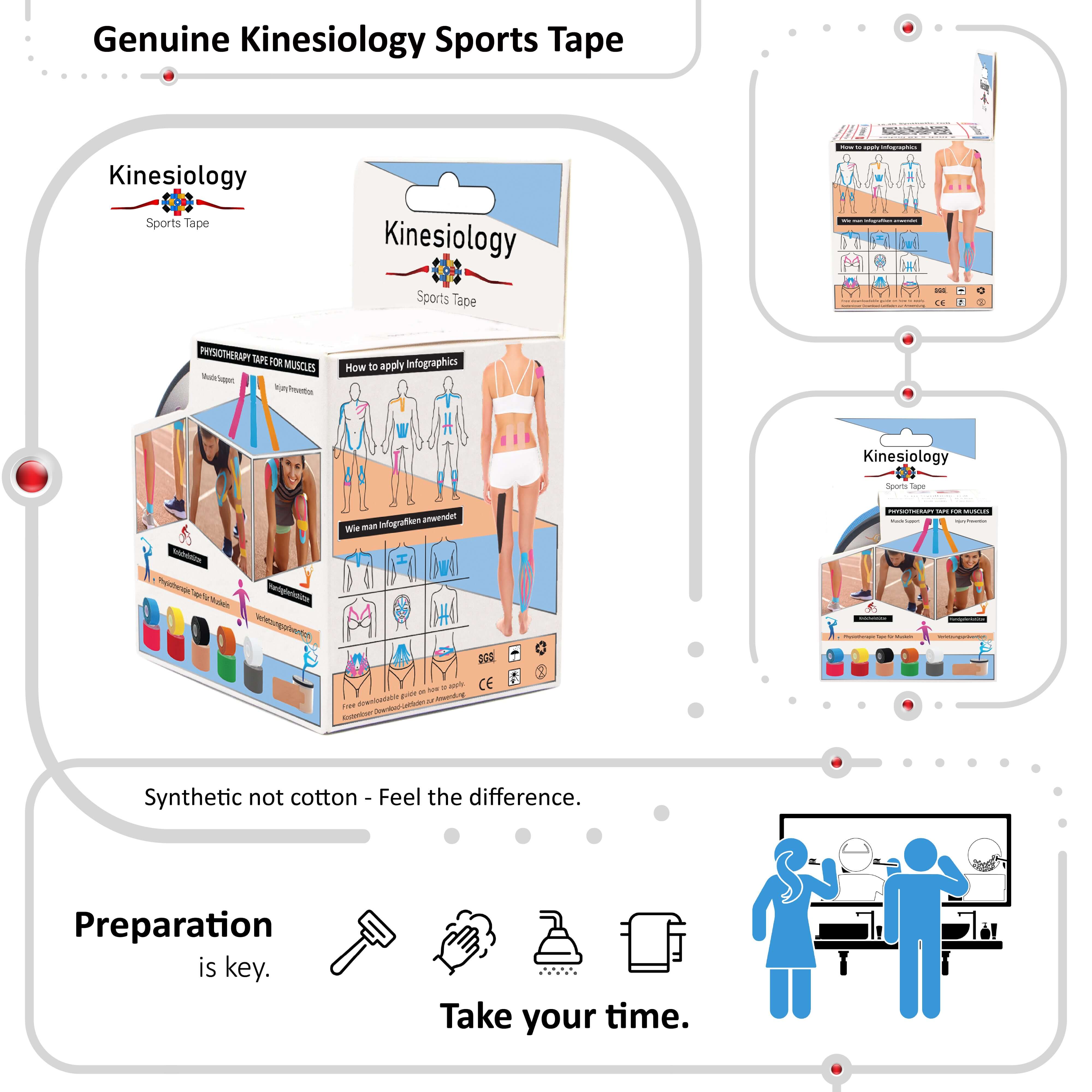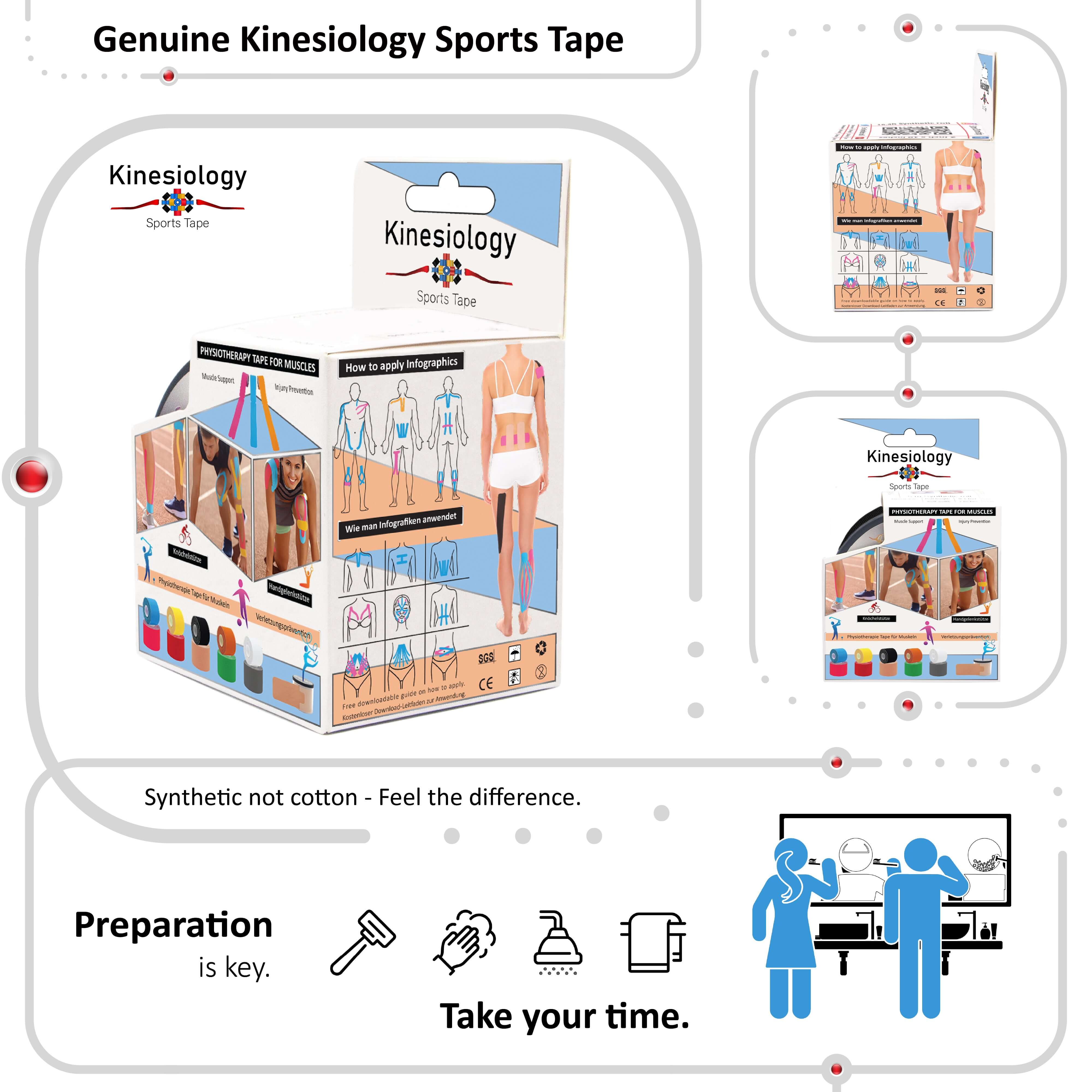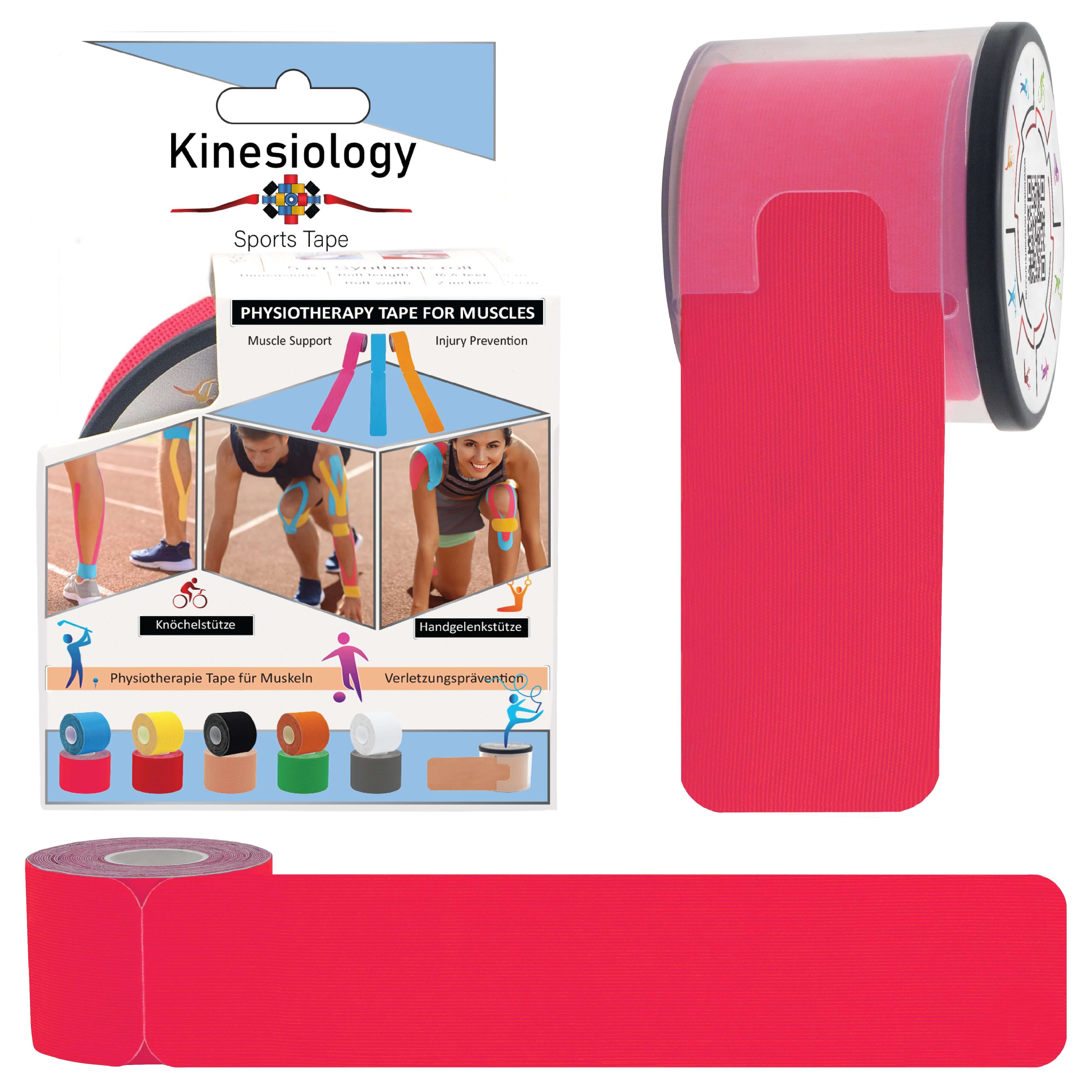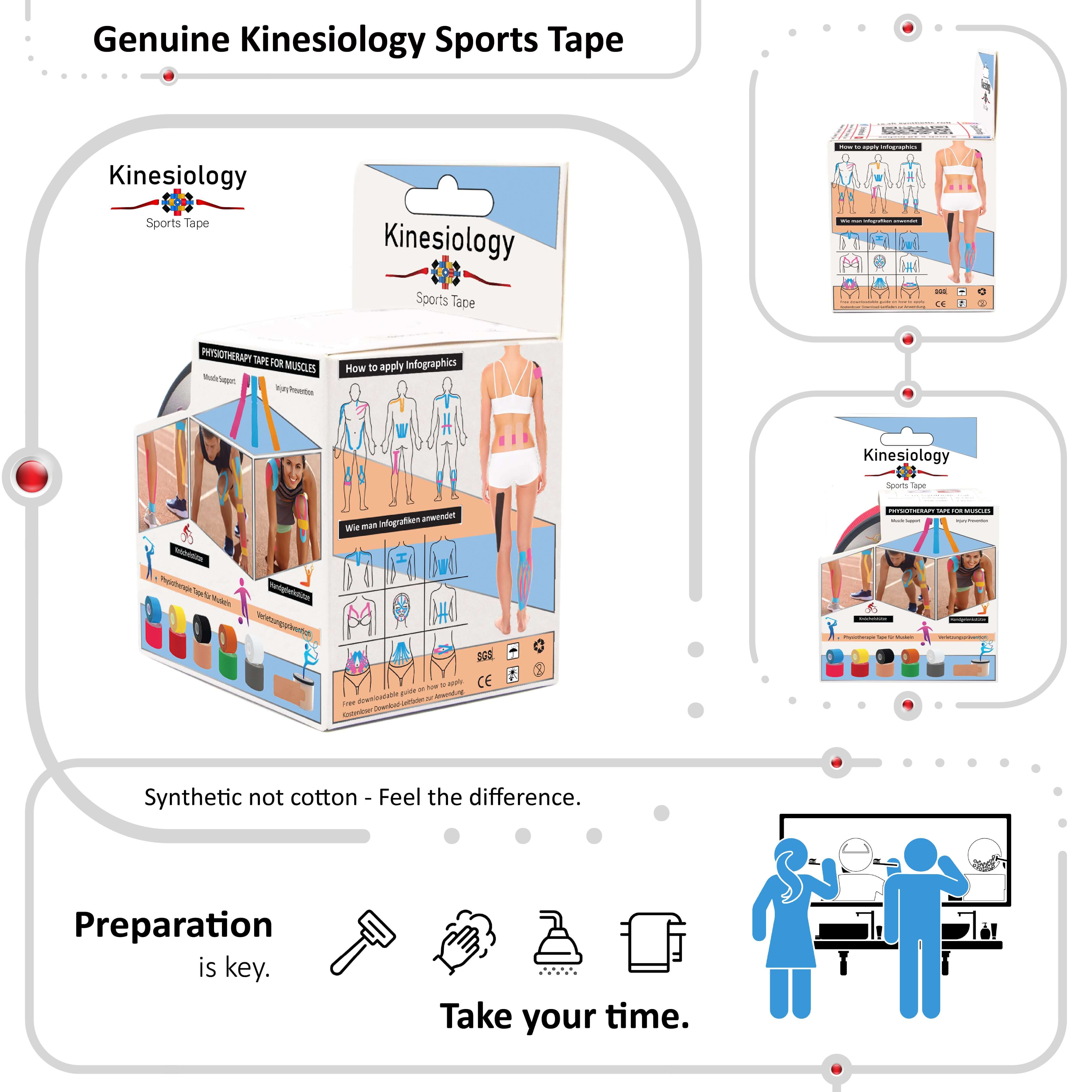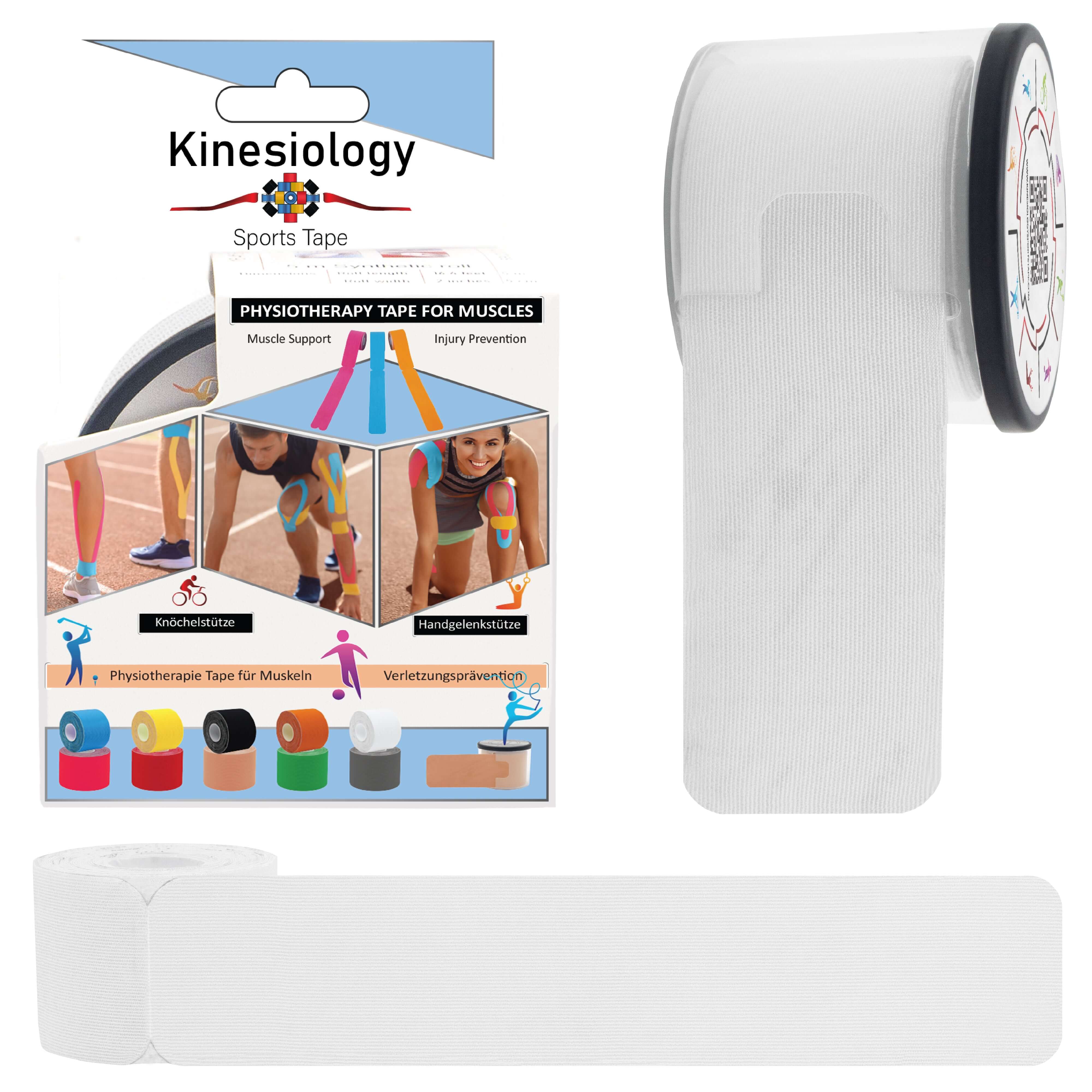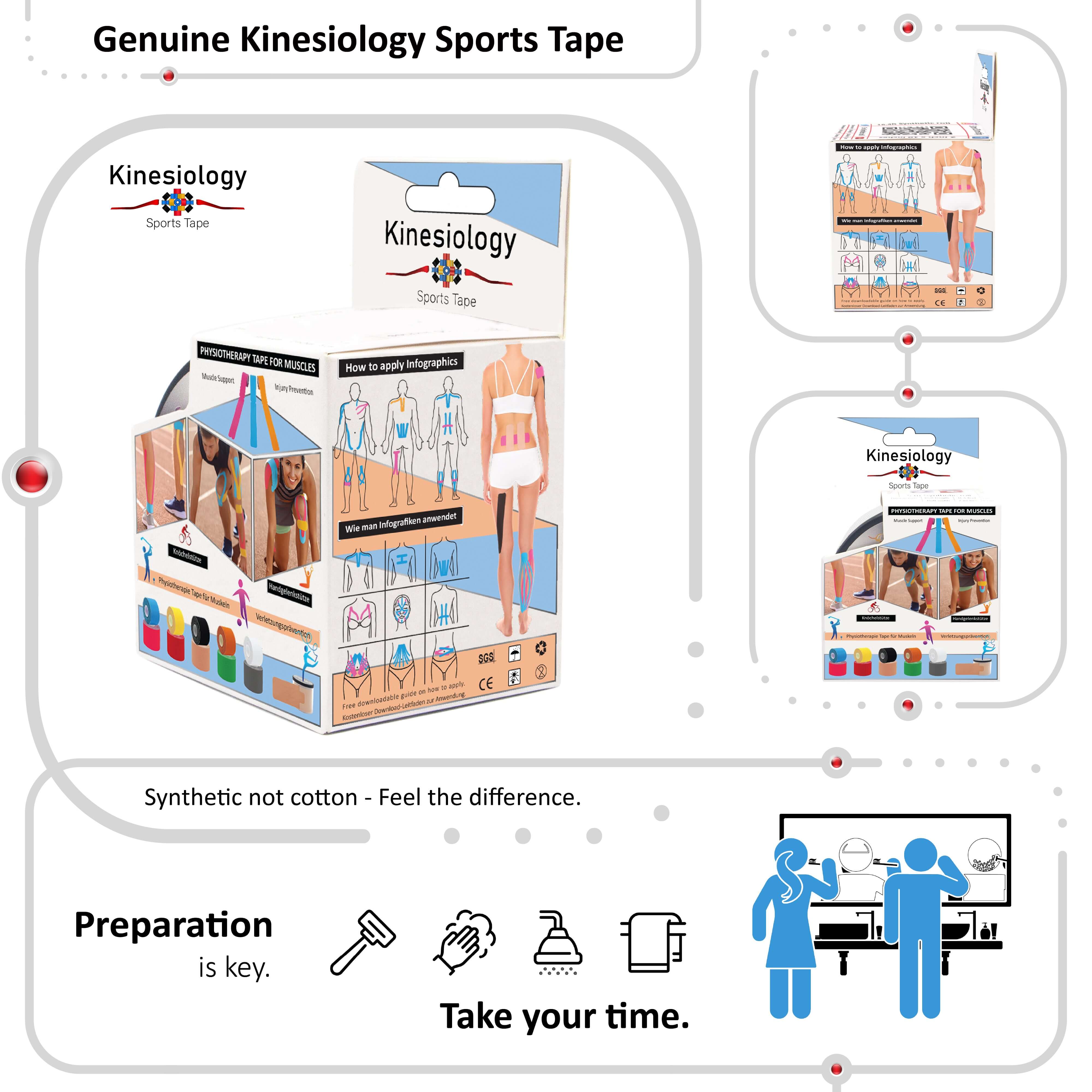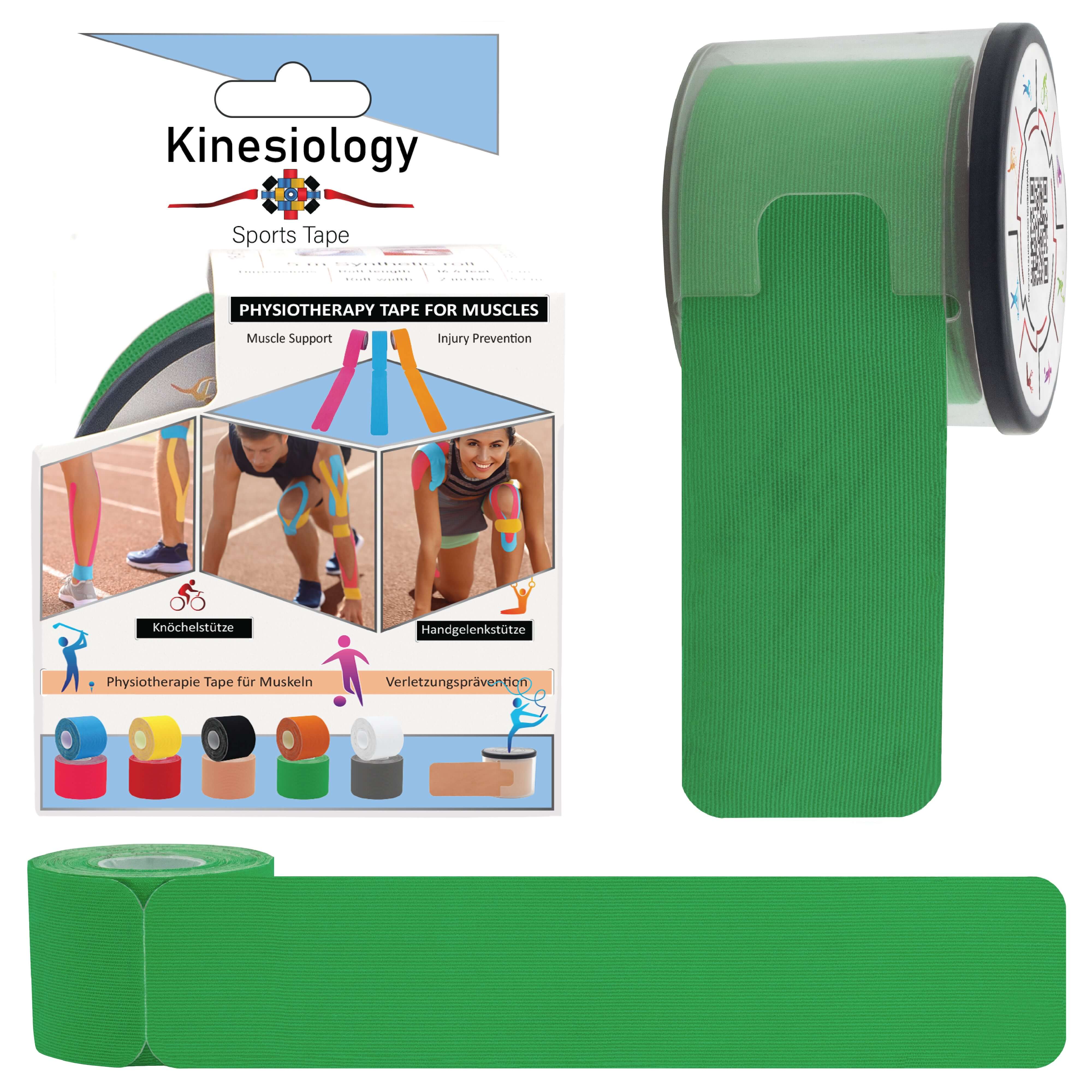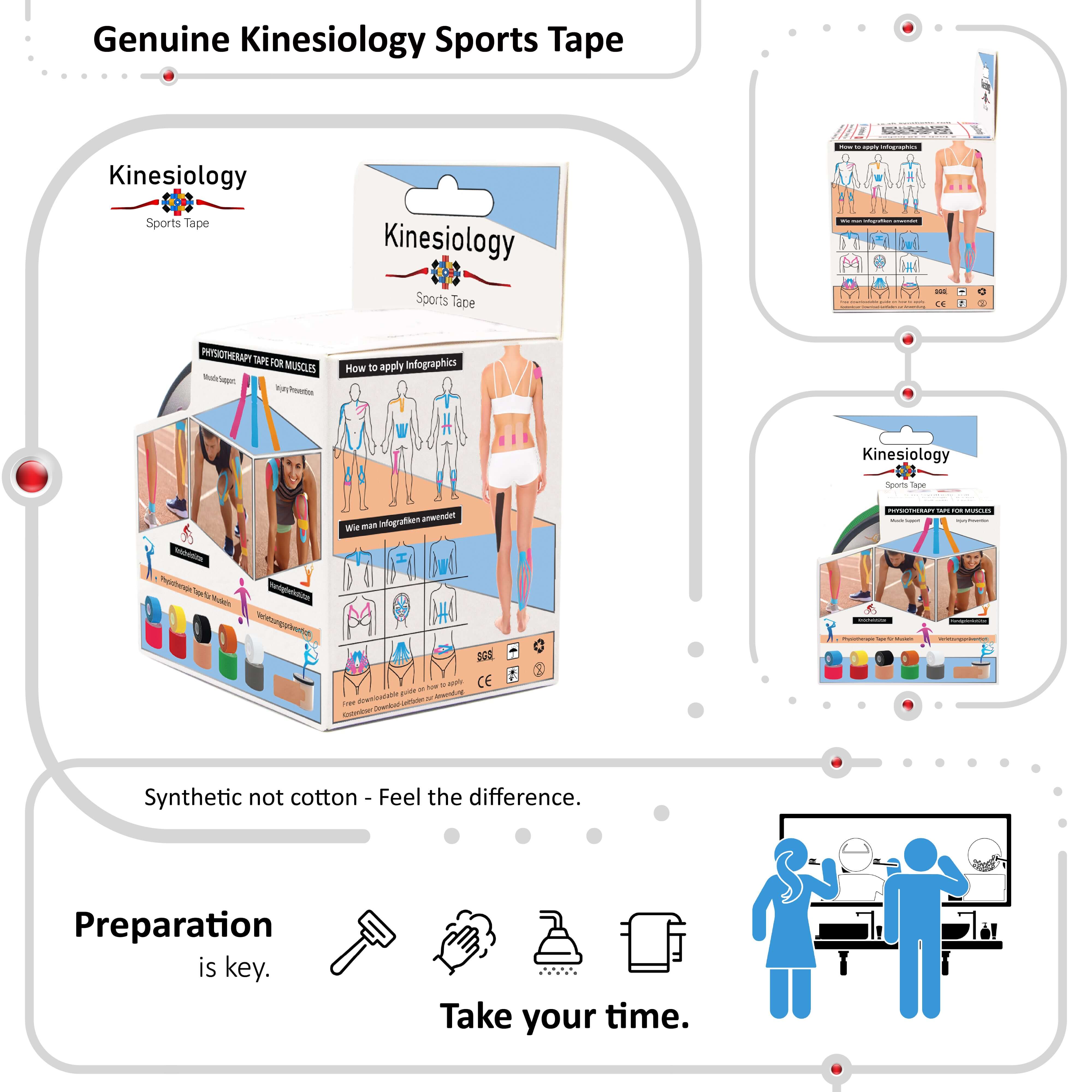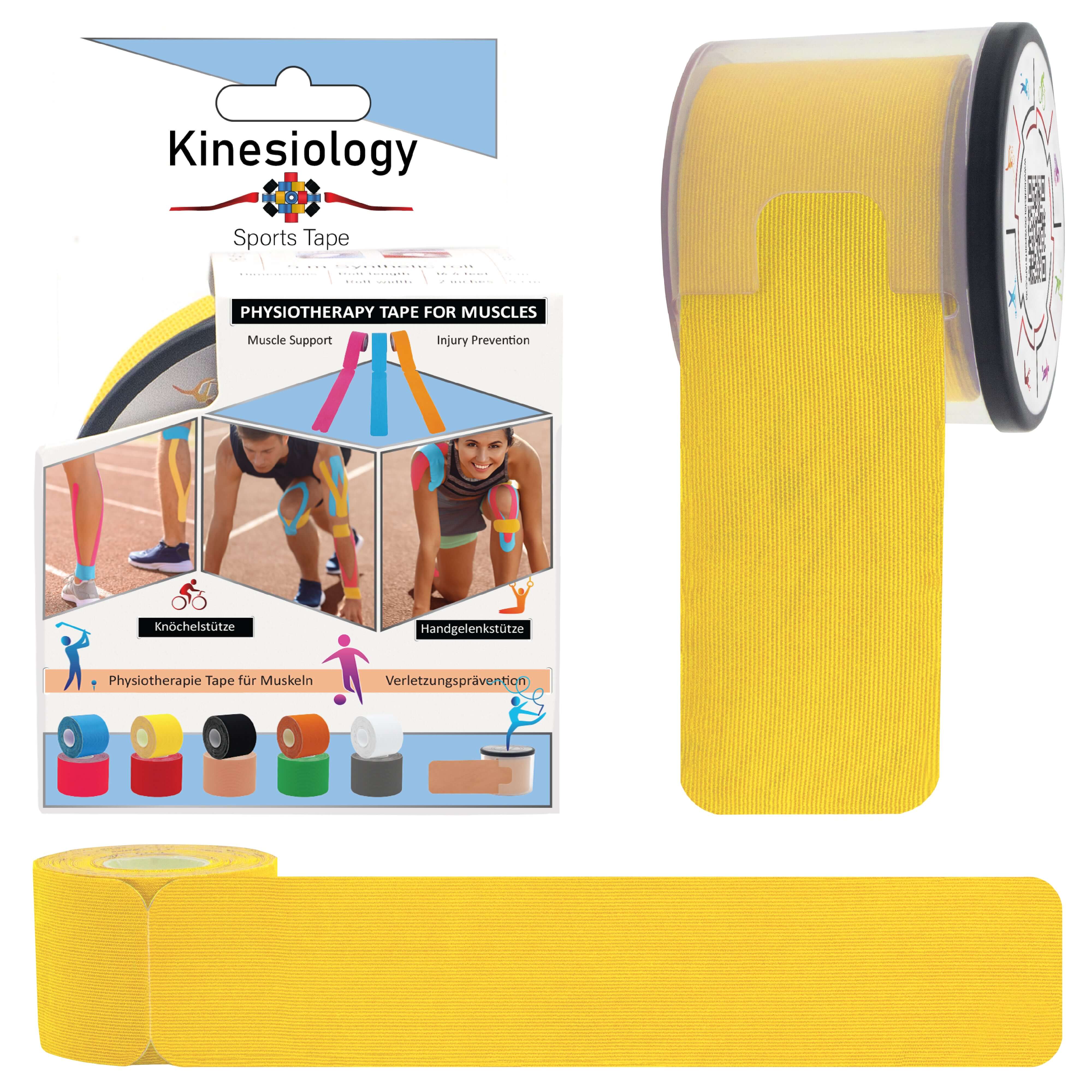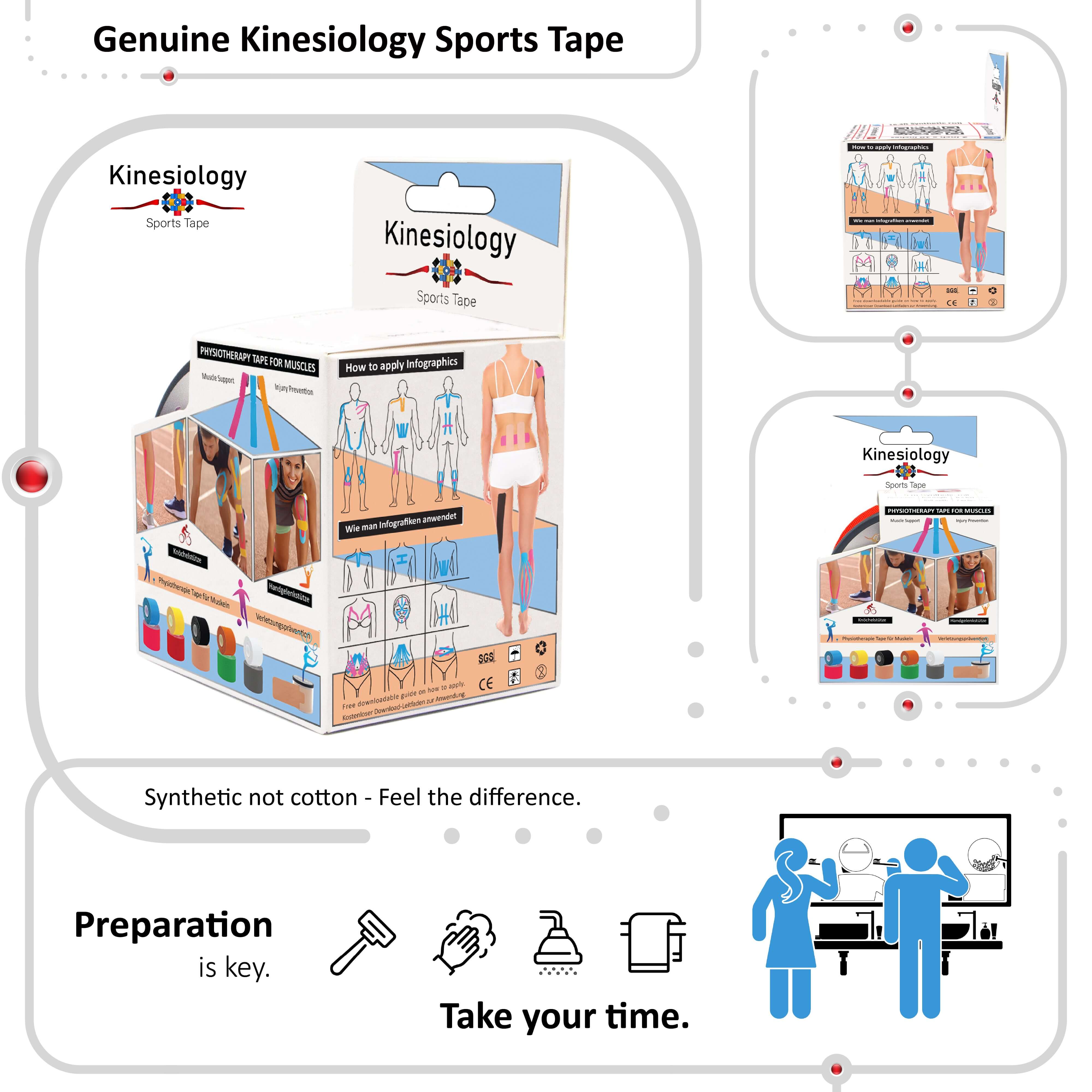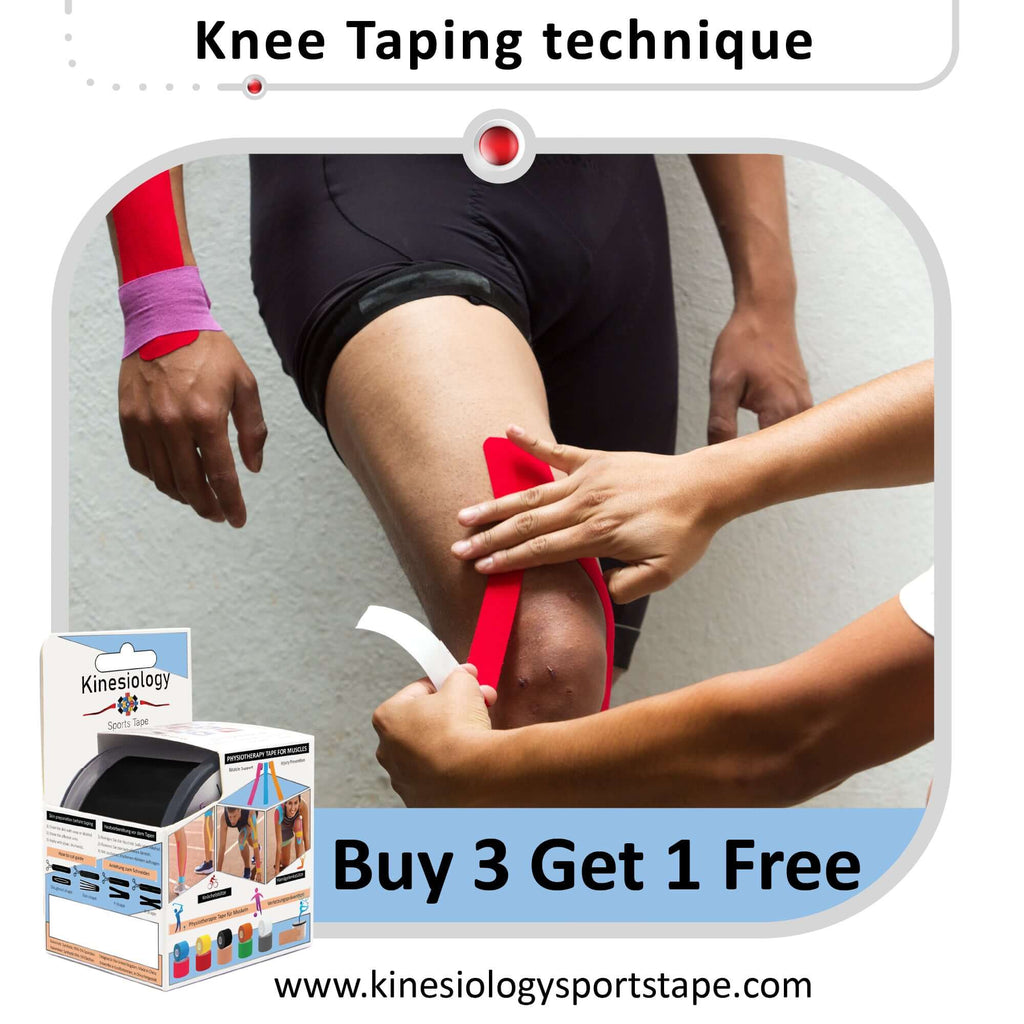
Kinesiology tape for knee pain

Knee pain – it can be a constant ache, a sharp twinge, or a dull throb that disrupts your daily life. Whether you're a weekend warrior or experience chronic knee discomfort, finding solutions to manage pain and regain mobility is key. Kinesiology tape has emerged as a popular option, offering a vibrant and potentially effective approach to knee pain relief. This blog dives deep into kinesiology tape for knee pain, exploring its potential benefits and application techniques.
Understanding Kinesiology Tape:
Kinesiology tape is a thin, elastic adhesive tape designed to mimic the properties of human skin. It allows for a full range of motion while providing gentle support and potentially improving circulation. Kinesiology tape comes in various colors and designs, but the color itself doesn't affect its function.
Kinesiology Tape for Knee Pain Relief:
While research on kinesiology tape's effectiveness is ongoing, many users report relief from various knee pain conditions, including:
- Osteoarthritis: Kinesiology tape may help manage osteoarthritis pain by potentially reducing inflammation and improving proprioception (body awareness) around the knee joint.
- Patellofemoral Pain Syndrome (PFPS): Often referred to as "runner's knee," PFPS can cause pain around the kneecap. Kinesiology tape may provide support and stability to the kneecap, potentially reducing pain during movement.
- Ligament sprains: Kinesiology tape can offer support and stability to the knee joint after a ligament sprain, potentially aiding recovery and reducing pain.
- Meniscus tears: Kinesiology tape application may help manage pain and swelling associated with a meniscus tear. However, it's important to note that kinesiology tape is not a substitute for proper medical treatment for a meniscus tear.
The Science Behind Relief:
The exact mechanisms by which kinesiology tape may alleviate knee pain are still being explored, but some potential benefits include:
- Improved circulation: Kinesiology tape may create microscopic lifting of the skin, potentially enhancing blood flow to the taped area. Increased circulation can deliver oxygen and nutrients to promote healing and reduce pain.
- Reduced inflammation: Kinesiology tape application may influence the lymphatic system, which helps remove waste products and fluid build-up. This reduction in inflammation can potentially alleviate knee pain and stiffness.
- Pain gate theory: Kinesiology tape can provide sensory input to the skin and underlying tissues around the knee. This stimulation may activate the body's natural pain-relieving mechanisms, effectively closing the "pain gate" and reducing pain perception.
- Improved proprioception: Kinesiology tape can enhance body awareness by stimulating sensory receptors in the knee joint. This improved proprioception may lead to better movement patterns, reducing stress on the knee joint and potentially minimizing pain.
Kinesiology Tape Application for Knee Pain:
There are various application techniques for knee pain, depending on the specific condition. Here are two common approaches:
- I-Strip application for general support: Apply the tape with the knee slightly bent and relaxed. Stretch the muscle slightly as you apply moderate tension to the tape. Anchor both ends of the tape with no stretch.
- Y-Strip application for patellofemoral pain (runner's knee): Apply the anchor end of the Y-shaped tape above the kneecap. The branches of the Y follow down either side of the kneecap without applying tension to the tape.
Important Considerations:
- Consult a healthcare professional: Before using kinesiology tape for knee pain, consult a healthcare professional to ensure it's appropriate for your specific condition.
- Learn proper application: Improper application can limit the effectiveness of kinesiology tape. Consider consulting a physical therapist or athletic trainer to learn how to tape your knee correctly.
- Listen to your body: Kinesiology tape shouldn't cause discomfort. If you experience any pain or irritation, remove the tape and consult a healthcare professional.
Taking Control of Your Knee Pain:
Kinesiology tape offers a drug-free and potentially effective approach to managing knee pain. By understanding the science behind its pain-relieving properties and learning proper application techniques, you can explore whether kinesiology tape can become a valuable tool in your knee pain management strategy.

